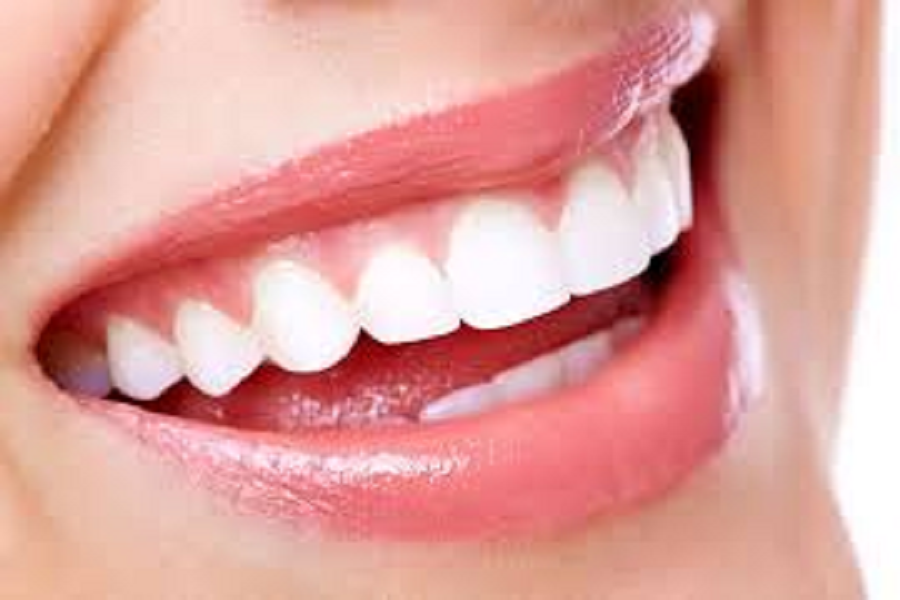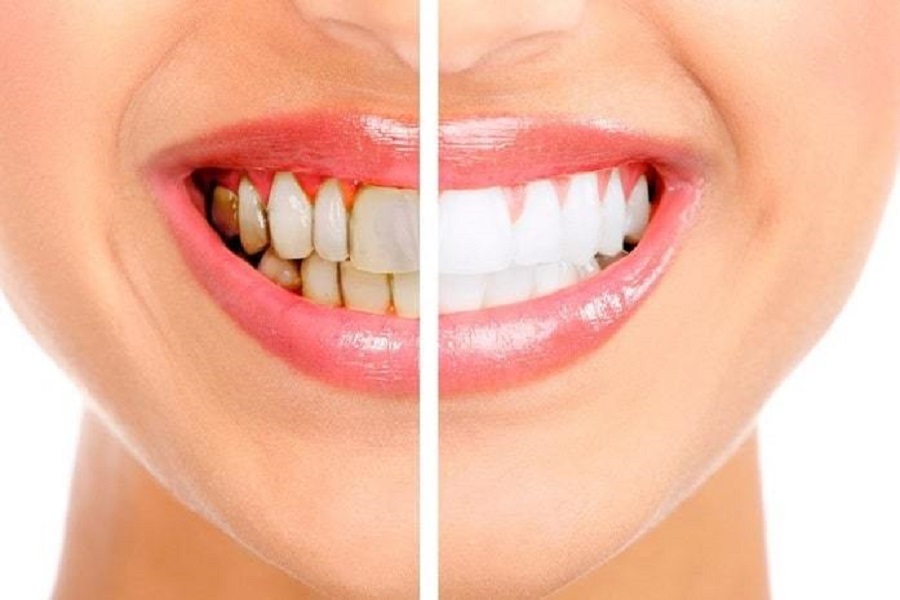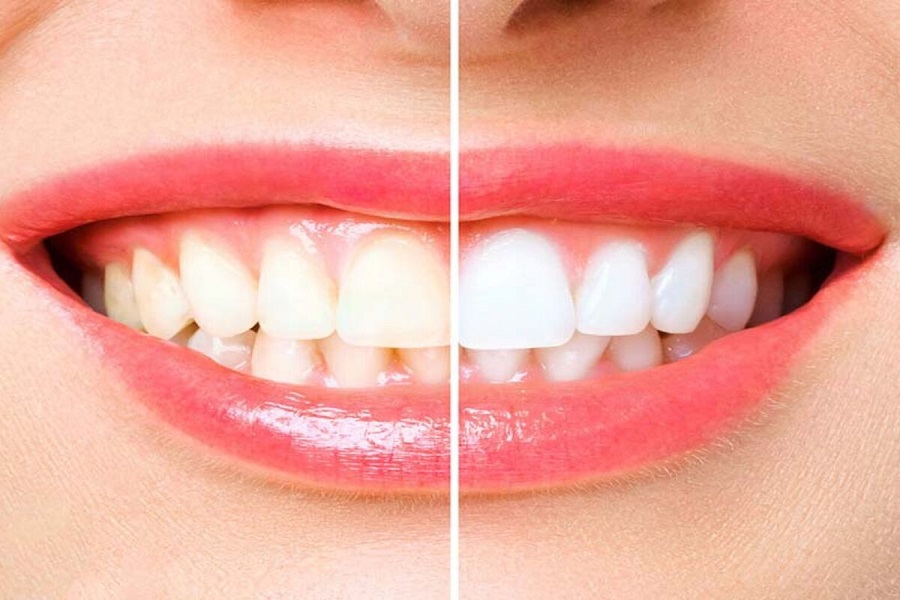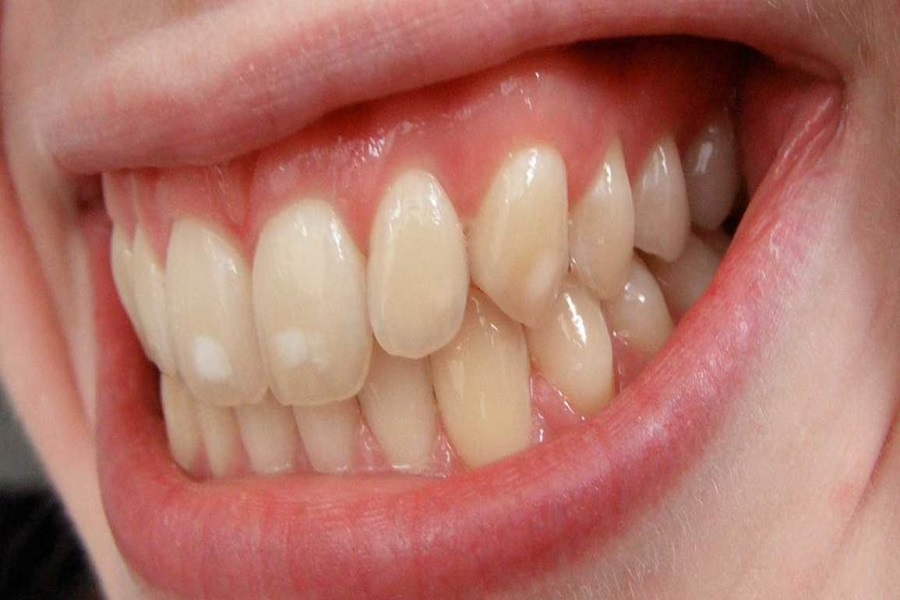Children also need it, and its importance cannot be ignored as children grow up. Due to the structure of the teeth and children’s diet and oral hygiene behavior, children often have discoloration and blackening of teeth, which affects the appearance and function.
We can simply divide children’s teeth into three categories:
1. Exogenous pigment deposition Generally speaking, food, beverages, medicines, etc. are partially left on the teeth after being ingested, and they are not cleaned and removed in a timely and effective manner. After a long time, they will precipitate on the teeth and make the tooth surface color. . However, the original structure and inner color of the teeth did not change in any way. Situations like this can be resolved with a professional dentist’s cleaning or polishing.
Second, endogenous discoloration of teeth often occurs in traumatized teeth, mainly due to pulp (dental nerve) necrosis, and pulp necrosis caused by other reasons can also cause tooth discoloration. In this case, root canal treatment to remove necrotic pulp tissue and aesthetic restoration is required as appropriate.
3. It is the destruction of the tooth structure caused by tooth decay (dental caries) and the blackening of the teeth. The biggest feature is that in addition to the change in color, there must be damage to the tooth structure. In this case, it is necessary to perform filling (filling and crown restoration treatment) according to the specific situation, or even repair the defect after endodontic root canal treatment to restore the aesthetics. No matter what type of teeth blackening, parents should seek professional dentist’s guidance and treatment in time, and take corresponding preventive measures according to the specific situation, so that the baby can have a healthy and bright smile!






























